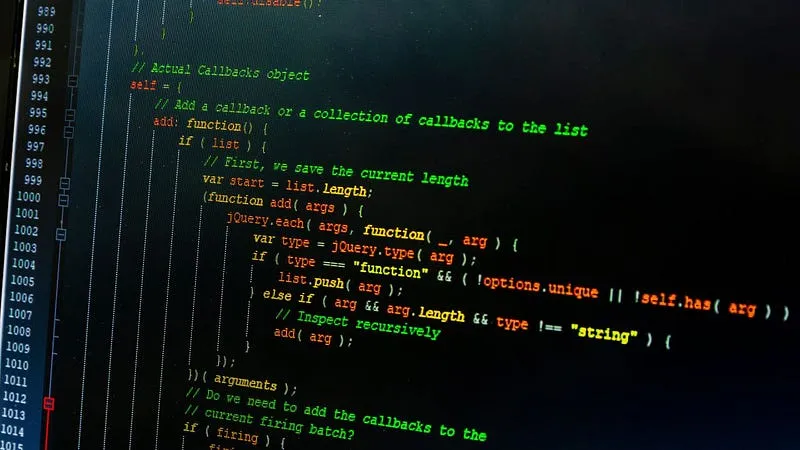

In today’s digital age, web security has become a paramount concern for developers and webmasters alike. One of the notable cases in web security involves the methods of Contributor With JSO or XSS (index path), which exploit the functionalities of a website through the creation of user accounts that can then inject harmful scripts.
The Role of Contributors in Web Exploits#
Contributors on a website typically have the ability to create their own accounts. Once an account is established, they can inject payloads using JSO (JavaScript Object) or XSS (Cross Site Scripting) techniques. This process not only undermines the integrity of the website but also poses significant security risks to users.
JavaScript Object (JSO)#
JSO refers to a method where JavaScript is used to create complex interactions on web pages. It can be manipulated to execute unauthorized actions within a web application. An example of a JSO injection is shown below:
Here, an external JavaScript file is loaded into the web application, potentially leading to malicious activities.
Cross Site Scripting (XSS)#
XSS stands for Cross Site Scripting. This type of attack involves injecting malicious scripts into web pages viewed by other users. The attacker inserts HTML or other client-side scripts into areas where web pages utilize user input, such as forms or URL parameters. This script then acts as if it is a part of the website, executing under the guise of the site’s own content.
For instance, an XSS attack could be as simple as:
<script>alert('XSS');</script>
This script would execute an alert box displaying “XSS” on the user’s screen, demonstrating the website’s vulnerability to script injection.
Index Path#
The term “index path” typically refers to the file or directory access paths within a file system or server. In the context of web security, it implies the URL routes where specific files or resources can be accessed, which can be manipulated for malicious purposes. An example of an index path might involve direct references to file locations on the server, potentially exposing sensitive data.
Examples of XSS Attacks and Mitigations#
XSS attacks can vary in complexity, from simple alerts to stealing cookies or session tokens. To mitigate these threats, web developers must employ input validation and sanitization techniques.
One practical example involves a simple web application created with Flask, a Python web framework:
from flask import Flask, request, escape
app = Flask(name)
@app.route('/submitcomment', methods=['POST'])
def submitcomment():
usercomment = request.form['comment']
# Input sanitization
safecomment = escape(usercomment)
# Save the sanitized comment
savecomment(safecomment)
return "Your comment has been safely stored!"
def savecomment(comment):
# Function to save the comment to a database or file
pass
if name == 'main':
app.run()In this script, escape from the Flask module is used to sanitize input, which escapes harmful HTML characters, ensuring they are not executed as HTML or JavaScript when rendered on a web page.
Conclusion#
Effective input validation and sanitization are essential for protecting web applications against attacks such as JavaScript Object (JSO) and Cross-Site Scripting (XSS). These security measures prevent malicious scripts from compromising user data and website integrity by ensuring only safe, properly formatted data is accepted and processed.
Thanks to: Ketapang Cyber Team